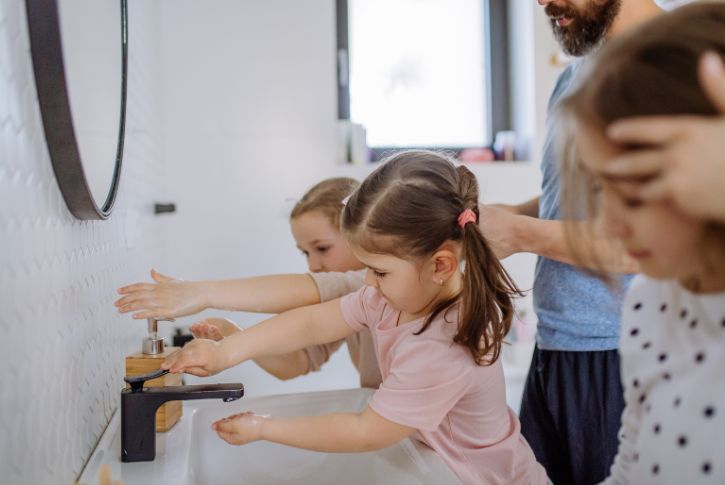Back-to-school mornings Tennessee can feel as unpredictable as our weather — one minute calm, the next a full-blown thunderstorm of missing shoes, half-eaten breakfasts, and sleepy kids. Whether you’re in Memphis rushing to beat the school bus, in Nashville trying to squeeze in a commute, with me in the mountains of the Northeast, or in a small town where the school bell rings early, every Tennessee family knows the morning routine can make or break the day. The good news? With a little structure and a few smart strategies, mornings don’t have to be as chaotic. In fact, Tennessee experts say consistent routines not only ease stress but also help kids head into the classroom ready to learn.
Why Morning Routines Matter
Routines create calm, reduce decision-making stress, and set kids up for a positive school day. While determining the right schedule and getting into the swing of it do take some time, the payoff is great. Robyn Ridgley, Associate Dean at MTSU College of Education, puts it simply in the MTSU News segment “Expert Educators share tips to ease back-to-school anxiety for students.”:
Routine, routine, routine is key. Getting your kids back on a regular sleep schedule — waking up, going to bed, and eating meals at the same times each day for a week or two — can make a big difference.
A scheduled space is a calm space. Parents, we are in control of creating the atmosphere that gets our kids out the door. They will follow our tone, vibe, and expressions. If we are chaotic, they will be chaotic as well. No one likes to be late and rushed, especially not us as parents. If we can get ourselves scheduled, organized, and confident before bringing littles into the mix, their days will go much more smoothly.
Amanda Akers, school counselor at Homer Pittard Campus School, in Murfreesboro, reminds parents in the MTSU News segment:
Kids might not always say they’re nervous, but it can show up as bellyaches, restlessness or irritability. Creating calm spaces to talk makes a huge difference.
Here are some great routine ideas for kids of all ages
Preschool & Below
For little ones, mornings are about structure + emotional connection.
- Use visual schedules (picture cards for brushing teeth, clothes, shoes, breakfast, backpack).
- Offer soft wake-ups with dim lights or gentle music.
- Build a connection ritual (hugs, short song, or goodbye phrase).
- Prep clothes and bags the night before to avoid extra decisions.
Why it works: Predictability gives toddlers and preschoolers security, while rituals ease separation anxiety.
Elementary School (K–5)
At this age, children can take on more responsibility while still needing guidance.
- Use checklist boards (whiteboard or laminated chart).
- Let kids choose between two outfits or breakfast options the night before.
- Make family breakfast moments part of the morning.
- End with a positive send-off (“What’s one thing you’re excited about today?”).
Why it works: Elementary kids love structure but also autonomy. Giving them small choices builds buy-in and confidence.
Middle School (6–8)
Tween mornings require ownership and gentle boundaries.
- Encourage independent alarms.
- Pack sports bags, homework, and clothes the night before.
- Set screen-time boundaries (no scrolling before school).
- Serve quick breakfasts like smoothies or wraps.
Why it works: Middle schoolers crave independence, but routine provides guardrails that help them manage new responsibilities.
High School & Beyond
Teens juggle late nights, extracurriculars, and heavier workloads.
- Encourage gradual earlier bedtimes, but recognize teens’ natural late sleep cycles.
- Prep grab-and-go breakfasts (overnight oats, yogurt parfaits, protein bars).
- Lay out clothes and backpacks the night before.
- Use planners or phone reminders for homework and after-school commitments.
- Add a mindful start: journaling, stretching, or affirmations.
Why it works: Older kids are developing adult skills — independent prep, time management, and healthy coping strategies.
Final Takeaway
Back-to-school mornings don’t have to be chaotic. Whether you’ve got a preschooler who thrives on picture charts or a high schooler rushing out the door with a smoothie, the goal is the same: structure, connection, and independence in balance. Start small, choose what works for your family’s stage, and keep mornings predictable. You’ll not only get everyone out the door on time — you’ll also set the tone for calmer, more confident school days ahead.





